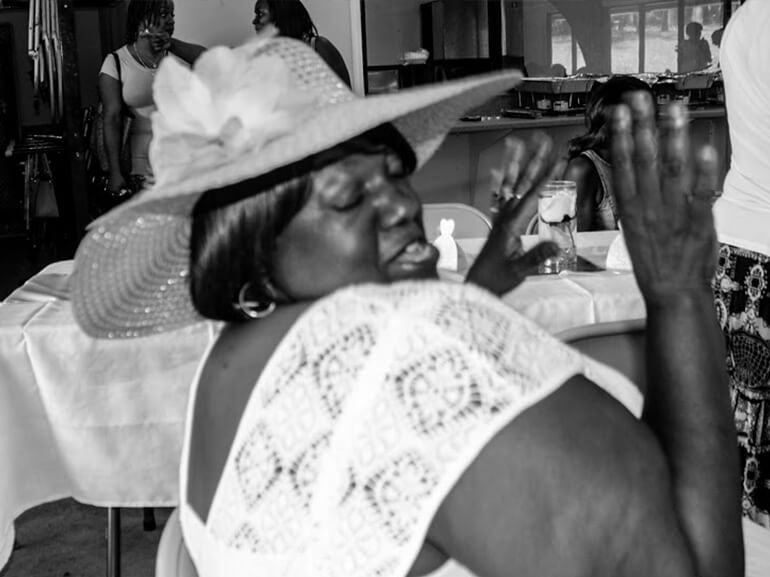Charlotte's Story

Thriving After Respiratory Illness and COVID
Charlotte Wilcher was already fighting for her life when the COVID-19 pandemic arrived in the United States. Starting in March, she cycled in and out of hospitals and rehabilitation centers dealing with the after-effects of a stroke, worsening chronic obstructive pulmonary disorder and fluid on her lungs.
She fell into respiratory failure and was placed on a ventilator. In mid-April, tests confirmed Charlotte was also positive for COVID-19. Ongoing attempts to wean from the ventilator failed and surgeons placed a tracheostomy for airway support and feeding tube. Despite her illness, the 58-year-old remained conscious and alert enough to respond to her care team with head nods.
By May, Charlotte’s condition stabilized and she transferred to Regency Hospital Macon for ventilator liberation and continued medical management. Although she required powerful intravenous antibiotics, cardiac monitoring and dialysis to address COVID-caused kidney issues, she set her sights on the future.
Her goals were to go home and return to the relatively independent life she had prior to becoming ill. A physician-led team, including nurses and therapists, created a plan to help Charlotte succeed.
Respiratory therapists began testing whether her body was ready to breathe on its own. Gradually reducing the ventilator’s settings, therapists led her through deep breathing, coughing and chest exercises designed to increase lung capacity and stamina. She liberated within a week of arriving.
Concurrently, physical and occupational therapists began an intensive mobility program. After months in the hospital, Charlotte was so weak, she couldn’t sit up in bed without help. Therapists helped her make small movements, such as rolling over and getting into a chair, to coax her muscles back to life.
Each day, she was able to sit a bit longer and make more purposeful movements. Occupational therapists led her through personal care activities, including brushing her hair and teeth.
Speech language pathologists (SLPs) also spent time with Charlotte, engaging mouth, tongue and jaw exercises to help her re-learn swallowing. When she passed a test indicating she was not in danger of drawing food or liquid into her lungs, the SLPs worked with dietitians to create meal plans with proper textures. She began with pureed foods and thickened liquid, working her way back to a regular diet. Her feeding tube was removed.
She grew strong enough to stand, and physical therapists fitted her with a walker and assisted as she took her first steps.
By the end of May, Charlotte was able to sit in bed and walk at least 12 feet with a rolling walker. She could perform all personal care and dressed herself.
Her kidneys also healed and Charlotte no longer needed dialysis. Her airway support was removed and she graduated to a small tube of nasal oxygen.
Through it all, Charlotte’s family buoyed her spirits. Through FaceTime and phone calls, her four daughters, nine grandchildren and six great-grandchildren gave her a reason to push through difficult days.
In mid-June Charlotte went back to the home she shares with her daughter, Latasha Walker-Hall. She couldn’t wait to sleep in her own bed. She was eager to make macaroni and cheese, collard greens and cornbread for the family to enjoy. She also was looking forward to pursuing her new jewelry-making hobby and becoming active in her church again.
Charlotte was quick to point out that it wasn’t just her family that kept her going. Unable to have visitors due to restrictions in place to stop the virus’ spread, her care team became a vital part of her support system.
“It was not just one or two people that helped me, everyone did,” Charlotte said. “I want everyone to take this virus seriously. I know that my good support system and faith in God were key to my recovery.”